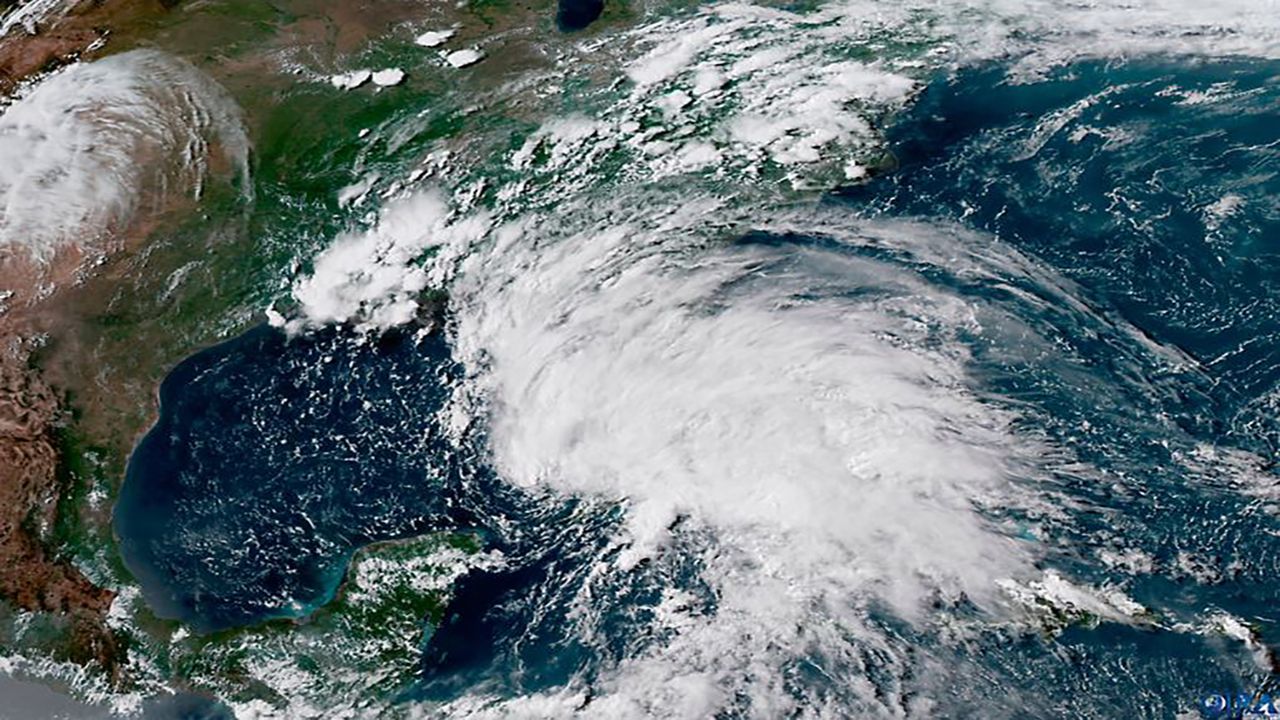You are likely familiar with meteorologists tracking tropical depressions and tropical storms before they sometimes become strong enough to be classified as a hurricane. But, the less familiar storm of the tropical season, is the subtropical storm.
Up until 2002, subtropical storms were not given names.
Now, however, if an area of disturbed weather is classified as subtropical, it is named.
You may wonder what the difference is between a subtropical storm and a tropical storm.
Well, it all has to do with their structure. They both have to have winds of 39 mph or greater to be classified as a storm.
A subtropical storm is not as symmetrical as a tropical storm. This means the heaviest rain and thunderstorm activity are displaced from the center of low pressure.
Subtropical storms are broad areas of low pressure.
For example, on the right is a satellite image of Subtropical Storm Alberto from May of 2018. On the left is Tropical Storm Dorian from 2019. It ultimately became a major Category 5 hurricane over the Bahamas.
Notice how broad Alberto's cloud structure was and how the rain with the system was focused on the northeast side of the storm.
Alberto also had a largely cloud-free center of circulation. This is common with subtropical storms.
Meanwhile, Dorian was a more compact storm with the heavier rain along with thunderstorm activity focused closer to its center.
If a subtropical storm becomes more organized and thunderstorms start to develop closer to the center of the storm, it can become a tropical storm.



